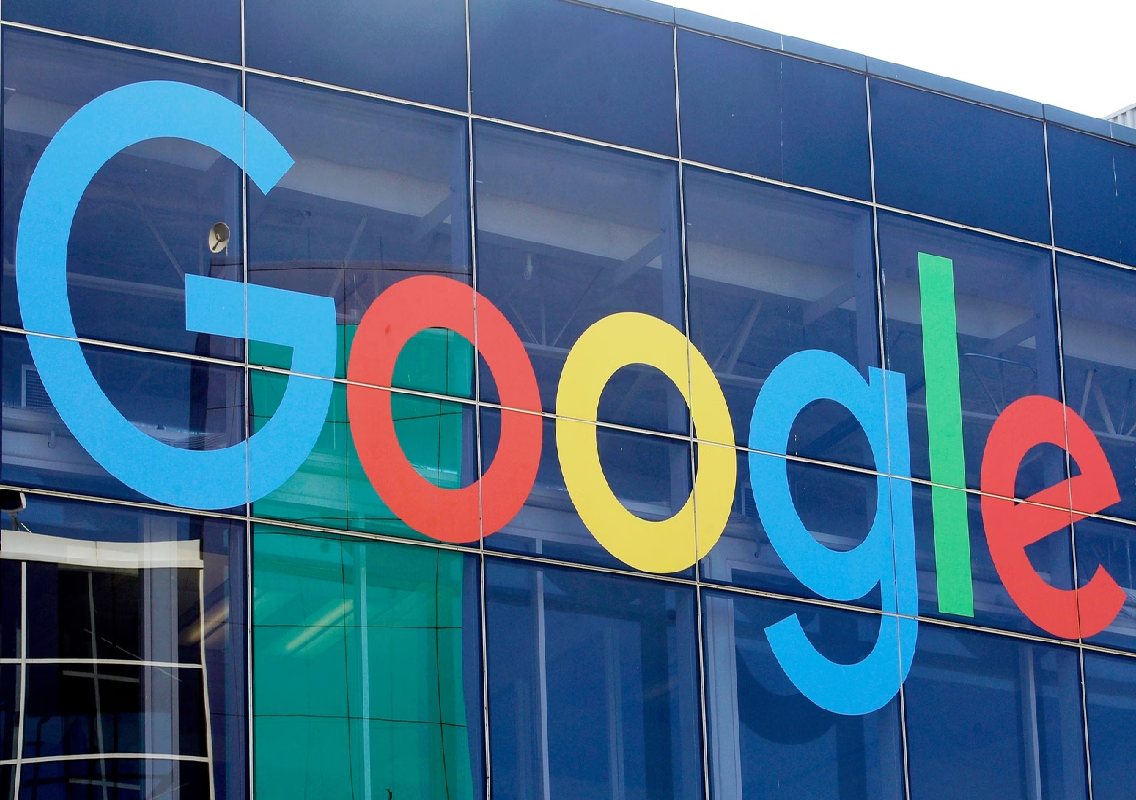The US Justice Department has accused Google of monopolising online display ad technology, limiting options for both website publishers and advertisers. At the heart of the federal antitrust trial in Virginia, enforcers aim to unravel Google‘s complex ad ecosystem and the alleged manipulative practices that have reinforced its market dominance.
The Three-Pronged Approach to Market Control
The Justice Department contends that Google has abused its power in three critical areas of the online advertising landscape: sell-side tools (ad servers), advertising exchanges, and buy-side tools (ad networks).
Website publishers employ ad servers to manage advertising space and track bids, sales, and pricing. Google’s ad server is claimed to dominate the market, with a staggering 87% control in the US and 91% globally. Meanwhile, Google operates the largest ad exchange, now known as Google Ad Manager, controlling 47% of the US market and 56% globally. Other ad exchanges like Pubmatic, Index Exchange, and Magnite also compete but to a lesser extent.
On the buy-side, advertisers utilise demand-side platforms to strategise their ad placements. Google’s own platform allows it to bid on its exchange, further consolidating its market power. The Justice Department claims that Google Ads, Google’s ad network, holds 88% of the US market and 87% globally.
Exclusive Access and Manipulative Practices
Antitrust regulators allege that Google granted preferential treatment to its own products, compelling publishers and advertisers to primarily use its services. Google counters that the market is highly competitive, citing alternatives like Amazon, Meta, and TikTok.
Testimonies from industry experts suggest that Google’s ad tech integration forces publishers to utilise its ad server to access Google Ads. Stephanie Layser, a former News Corp executive, remarked on the “hostage” situation, highlighting the substantial financial losses of switching away from Google’s ad server.
Moreover, advertisers often felt pressured to use Google’s exchange due to higher fees elsewhere, illustrating a market skewed in favour of Google’s services.
The Auction Mechanics: First Look Advantage
A crucial element of the trial revolves around Google’s auction mechanics, particularly its “first look” advantage. The auction process traditionally involved a “waterfall” method, sequentially soliciting bids from various exchanges. However, Google’s ad server prioritised its own exchange, effectively limiting competition from other platforms.
Internal communications reveal that Google executives recognised the strategic benefit of allowing their ad server to dictate auction outcomes. This practice is estimated to have decreased rival bids by approximately 25%, as competitors struggled to compete against Google’s well-integrated system.
Responses to Market Changes: Header Bidding and Beyond
In response to growing dissatisfaction, publishers began adopting header bidding in 2015, a technology that allowed simultaneous bids from multiple exchanges. However, Google’s exchange retained the capability to preemptively win bids through what is termed a “last look” advantage, allowing it to adjust bids based on competitors’ actions.
This dynamic has drawn scrutiny, as the Justice Department argues that Google’s visibility into competitors’ bids allowed it to dominate the auction process without engaging in true competition. The potential revenue impact is significant, with estimates suggesting an additional $473 million in annual ad spend attributable to this advantage.
The Impact of Policy Changes on Publishers
Google’s introduction of Dynamic Revenue Share (DRS) in 2014 allowed for flexible fee structures based on competition but was ultimately enabled by the company’s last look advantage. Internal experiments indicated this mechanism increased publisher revenue, yet it also solidified Google’s grip on the market.
In 2019, Google enacted Unified Pricing Rules, further restricting publishers’ ability to differentiate bids between exchanges. This move sparked backlash from publishers, who felt it curtailed their control over ad placements. Testimonies highlighted concerns that these changes significantly favoured Google, resulting in a marked increase in revenue for AdX.
The Bigger Picture: Google’s Strategic Acquisitions
The Justice Department has also scrutinised Google’s acquisitions of potential rivals, such as its 2011 purchase of AdMeld, a leading yield management system. Experts have characterised this as a “killer acquisition,” aimed at stifling competition. By integrating AdMeld’s technology into its ad exchange and subsequently shutting down the service, Google purportedly eliminated a threat to its dominance.
Conclusion: Ongoing Legal Battles and Market Implications
The trial represents a critical moment in the ongoing battle over digital advertising practices and the future of competition in the tech sector. As the Justice Department presents its case, the implications for Google’s business model and the broader advertising ecosystem hang in the balance. The outcomes may reshape the regulatory landscape for online advertising and redefine how major players like Google operate in an increasingly scrutinised environment.
Read More : Ashneer Grover’s family member arrested by Economic Offences Wing in BharatPe case

